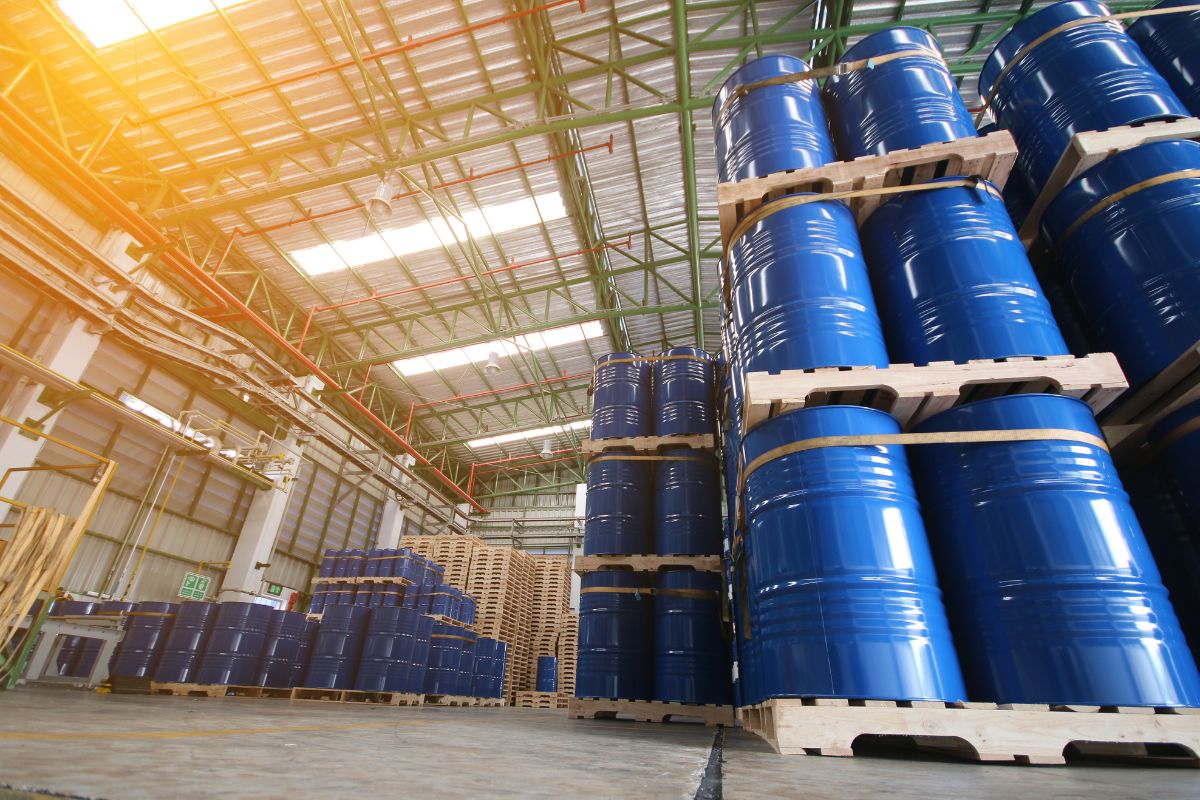Why Chemical Identification Is Important in Lab Packing

Lab packing is the process by which hazardous materials are packed for transportation and disposal. Chemicals are placed in individual small containers, then packed into a larger container—usually a 32-gallon drum—surrounded by nonreactive packing materials and sealed. Every part of the lab packing process is vital, especially identification. Here’s why chemical identification is important in lab packing.
Fair Warning
Identification is necessary to ensure the people packing, handling, transporting, disposing of, and generally encountering the containers know exactly what’s in there. Ignorance of the potential reactivity, toxicity, ignitability, and other negative effects of waste can cause environmental damage and loss of life and limb. Labeling lab-packed waste gives everyone a heads-up, allowing them to avoid danger and prepare for safe handling.
Following the Rules
Identification is required by law and by the Environmental Protection Agency (EPA) and the Occupational Safety and Health Administration (OSHA). Failure to provide identification for lab-packed materials runs the risk of violating regulations, which can lead to big fines and other serious penalties. When it comes to lab packing, government agencies take these rules seriously. Laboratory staff and waste disposal experts should do so as well. Identifying the contents is just the right thing to do.
Expedite Efficiency
Identification is also important from a logistics standpoint. When handlers know what’s in a container, it’s easier to organize. Labels tip off handlers about potentially volatile combinations, so they know to separate them. Clear markings speed up the job of processing waste and ensure everyone at every stage of the process is on the same page. It can also help further down the line, letting handlers know if the contents should be incinerated, stored, or recycled.
Safety First
When workers know the dangers of the waste they’re handling, they can take precautions by wearing personal protective equipment (PPE) and educating themselves on what to do if a spill happens and someone is affected or injured by it. Safety inspectors will also appreciate having all that information front and center. In fact, they’ll insist on it.
Saving Money
Safety is the biggest reason why chemical identification is important in lab packing but let’s not forget the bottom line. Improperly identified chemicals can lead to safety and logistical problems, and with every mess, injury, or death comes the added burden of lost money. Avoid fines, cleanup costs, insurance claims, and lawsuits through proper identification of hazardous waste. It will pay off in more ways than one.
